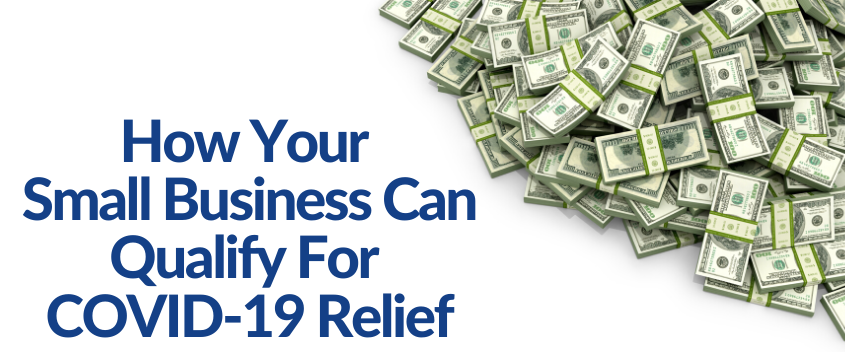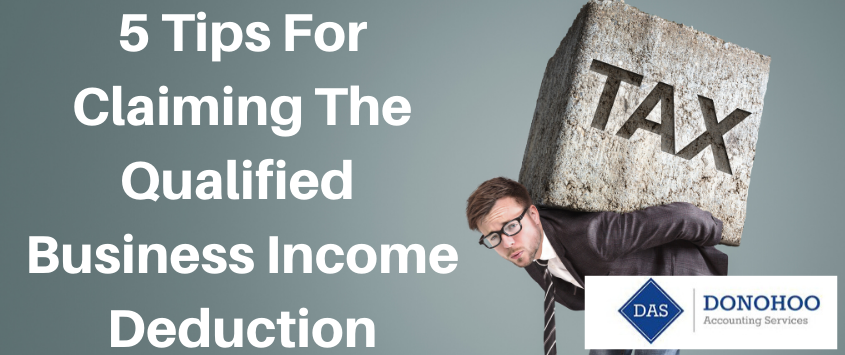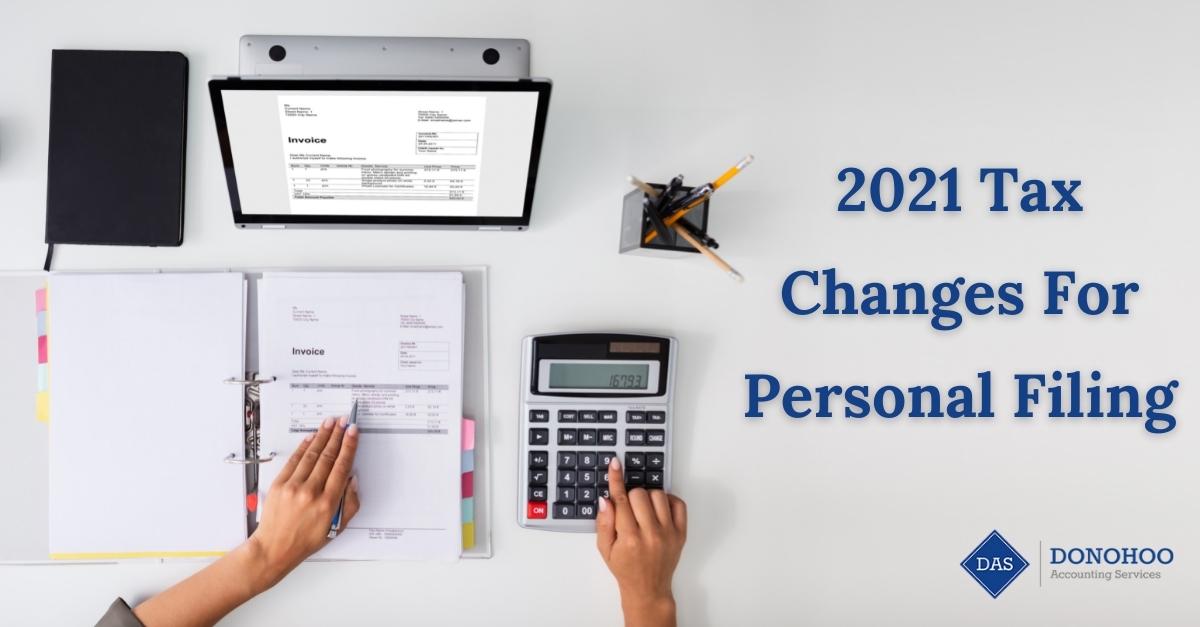6 Financial Steps To Take Before Starting A Business
The thought of starting a business is exciting. For many, it’s the American Dream. Entrepreneurs want the freedom of setting their own hours, being their own boss and leaving a legacy for their children. It’s important to note that while exciting, starting a business also can be stressful. According to the Small Business Administration, one-third of all businesses fail within two years, and two-thirds of all businesses fail within 10 years. Considering these stats, it’s important to have a plan in place to be successful. Here are six financial steps we think you should take before starting a business.
Do Your Research
Make sure you thoroughly understand the industry you are entering and the need for your products or services. Do a complete market analysis or feasibility study to determine who the major players and competitors are. The Southwest Ohio Small Business Development Centers are a great resource for help with this.
Know Your Purpose
Spend some time reflecting on why you want to start your business. There will be bumps in the road, so it’s important that you have a mission and purpose to ground you during trying times. What goals are you trying to accomplish? What does success look like? What are you willing to risk?
Identify Your Target Audience
Understand who needs the products you sell or the services you provide. You can’t earn a profit without your customers, so know them well. What is their age, geographic location, income or profession? What are their pain points?
Choose A Legal Structure
Determine which business structure is right for your business. Will you be a sole proprietor? An LLC or an S Corp? You may want to consult with an attorney or the Small Business Administration for advice. And while you’re thinking about the legal aspect of your business, make sure you know the laws that apply to your business. Will you need a permit or some type of license?
Decide How You Will Finance
You will need money to start your business because you probably won’t make a lot of money right away. Will you be self-funding? Applying for loans or grants? Seeking out angel investors or venture capitalists? Research all of your options and determine the one that’s best for you.
Create A Working Business Plan
A business plan is your business’s roadmap, and will include such things as your mission statement, description of your business, market analysis, key players, budget and more. It should be a working document, not just an exercise that is filed in a drawer. One of the first questions most consultants will ask you before working with you is if you have a business plan.The Southwest Ohio Small Business Development Centers can also help with this.
Once your business is up and running, you’ll need a partner to help handle your payroll, tax help and other concerns. Donohoo Accounting Services is here to support you. From financial issues to tax concerns, we can answer your business questions that will help to make you a success. If you would like to learn more about the services we provide, schedule a complimentary consultation with us by calling 513-528-3982. For more tips and our latest updates, check us out on Facebook, Twitter or LinkedIn!









